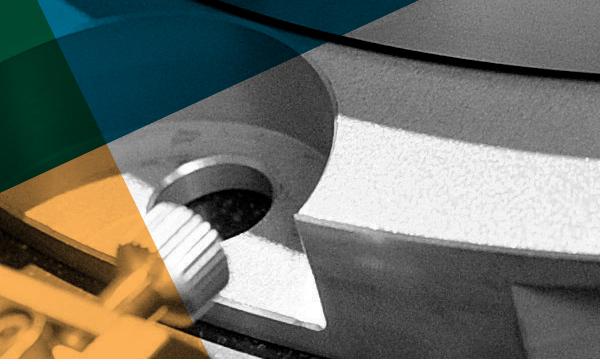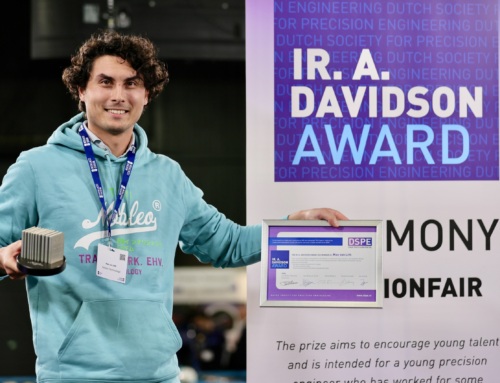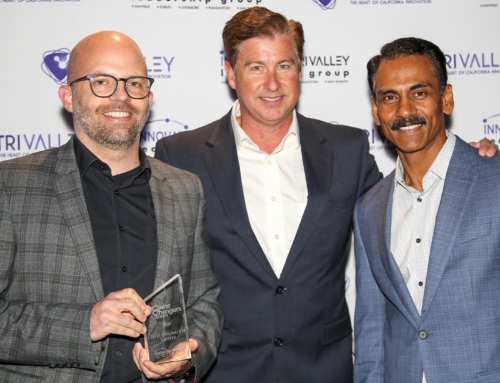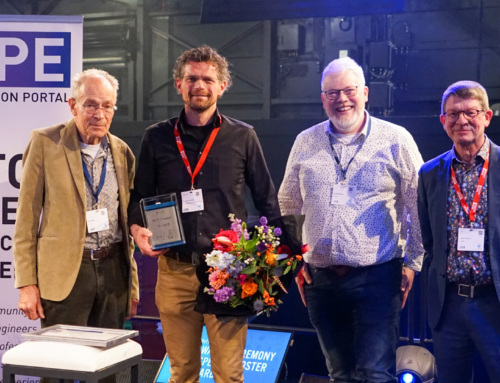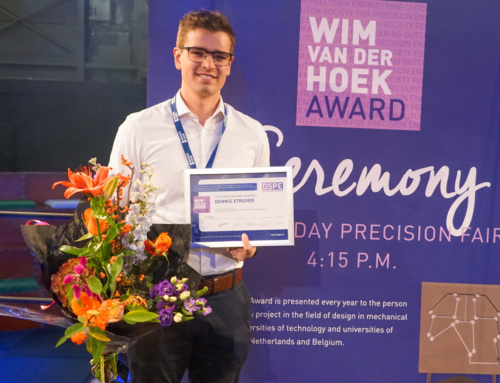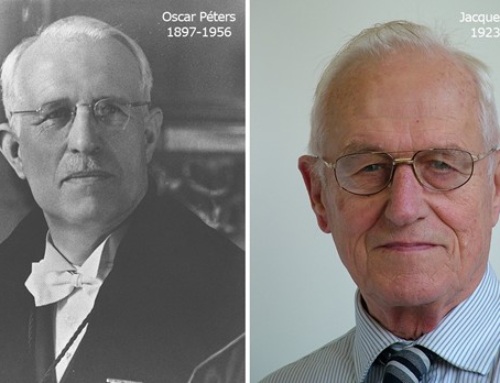euspen (the European Society for Precision Engineering and Nanotechnology), will be hosting a Special Interest Group (SIG) meeting on advanced precision in additive manufacturing (AM) 16-18 September 2019. The SIG will this year be held in the Ecole Centrale de Nantes, Nantes, France.
The 2019 SIG represents the 6th time that euspen has joined forces with the American Society of Precision Engineering (ASPE) focussing in on important issues surrounding precision in AM, which is a crucial focus if the technology is to become truly integrated onto the factory floor, and fulfil expectations as a serial production tool.
AM continues to provoke huge discussion as it fundamentally questions preconceptions about the future of manufacturing. AM is no longer just a prototyping technology, and much of the focus today is on its transition to a viable and cost-effective direct manufacturing technology. With this transition comes an array of considerations that must be addressed that validate the accuracy and efficacy of parts produced.
This year’s SIG in Nantes will focus on some of the most fertile areas for R&D in the AM technology at the moment, including dimensional accuracy and surface finish from AM, design for precision (which fits within the often discussed issue of Design for AM — DfAM), designing and characterizing machines, standardization, integration of AM into an overall holistic manufacturing process, engineering partnerships between AM and secondary finishing operations (post-processing), and metrology.
DfAM is one of the most often discussed topics relating to AM today, and will be addressed throughout the SIG. DfAM is not just about guiding design engineers through the various issues that are unique to additive manufacturing and which enable the manufacture of highly complex — often customised — parts with graded material composition. It also requires that design engineers consider factors such as surface finish and precision as well as secondary finishing and post-processing operations early in the design cycle.
For example, AM is often seen as a technology that can promote innovation and complexity in design, and reduce the need for assembly as it can make products “in-one”. However, there is a trade-off here, and the SIG will look at what needs to be considered in terms of post-processing and the effect on precision and surface finish if overly complex and “assembled” products are manufactured.
As the AM sector matures, there is a necessity to characterise the performance of AM machines, focusing on in-situ process monitoring, in-process measurement, and process feedback and correction all of which will be discussed at the SIG, as will be the subject of AM standards.
The use of AM for end-use parts requires a level of standardization that was not as important when the technology was almost entirely focused on prototyping. Standards must embrace multiple AM platforms using radically different technologies and materials to produce parts, and must become application-oriented rather than technology oriented.
Standards allow engineers to design to a known set of parameters and build a level of trust in the fulfillment and manufacturing process. Today, most major companies using AM for end-use part production have to create their own set of process parameters. In addition, most of the design tools do not account for the advantages and disadvantages of AM – creating a need for design standards. Standards are part of the necessary evolution of technology and are central to discussions at the SIG.
The conference also addresses how AM can be integrated into a holistic manufacturing process. Cost-benefit trade-offs of using AM within a complex manufacturing process will be assessed, as will engineered partnerships between AM and secondary finishing (post-processing) operations.
Metrology is an ever-present area of focus in AM, and will be covered in detail at the SIG. The ultimate goal is to provide manufacturers of components using AM with the metrology instrumentation and post-measurement analysis techniques that will allow them to keep processes under tight control, therefore improving quality, reducing scrap rates, and enhancing environmental sustainability. This will require completely new approaches to instrument design, combining prior expertise and fundamental research to overcome the obstacles preventing current instrumentation from delivering with the required accuracy and measurement speed.
The 16-18 September SIG will incorporate a half day of presentations from PAM2 (Precision Additive Metal Manufacturing). This project has received funding from the European Union’s Horizon 2020 research and innovation programme under the Marie Skłodowska-Curie grant agreement No 721383.
The local hosts and organising committee for SIG are Prof. Alain Bernard from Ecole Centrale de Nantes; Dr David Bue Pedersen from Technical University of Denmark; Prof. Richard Leach from University of Nottingham; and Dr John Taylor from University of North Carolina at Charlotte. The AM SIG meeting chair is Prof. Richard Leach from University of Nottingham, and Dr John Taylor from University of North Carolina at Charlotte.
To find out more about the event please visit www.euspen.eu, or contact Dishi Phillips Business Development Manager at euspen on t. +44 (0)1234 754023 e. dishi-phillips@euspen.eu.
About euspen
The European Society for Precision Engineering and Nanotechnology (euspen) is an influential community linking industrialists, researchers, respected authorities, new, and established players worldwide. It provides an entrepreneurial platform that enables companies and research institutes to promote their latest technology developments, products, and services and keep up to date with those in the field. euspen’s defined mission is to advance the arts, sciences and technology of precision engineering, micro engineering and nanotechnology; to promote its dissemination through education and training; and to facilitate its exploitation by science and industry. www.euspen.eu


